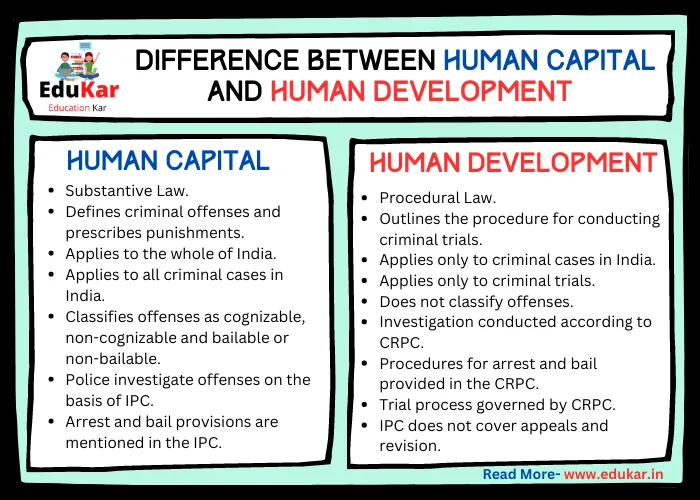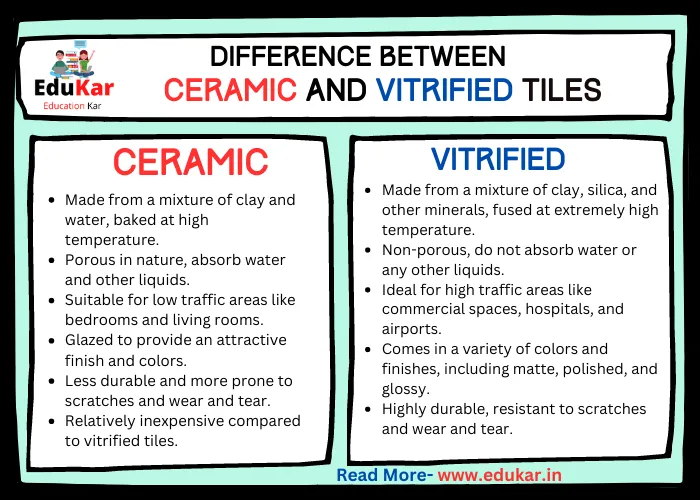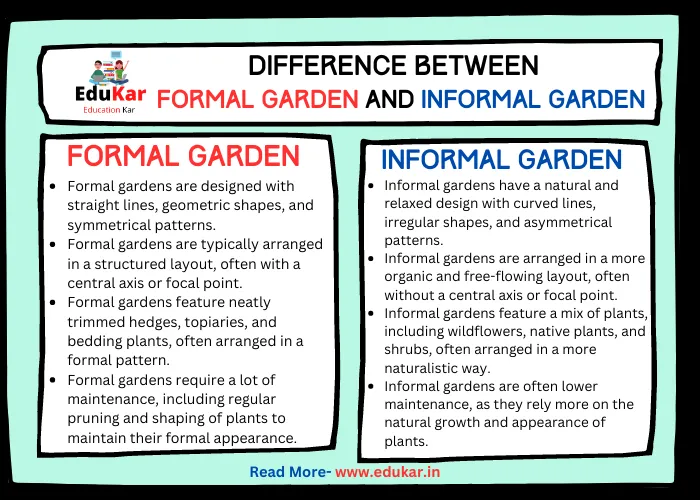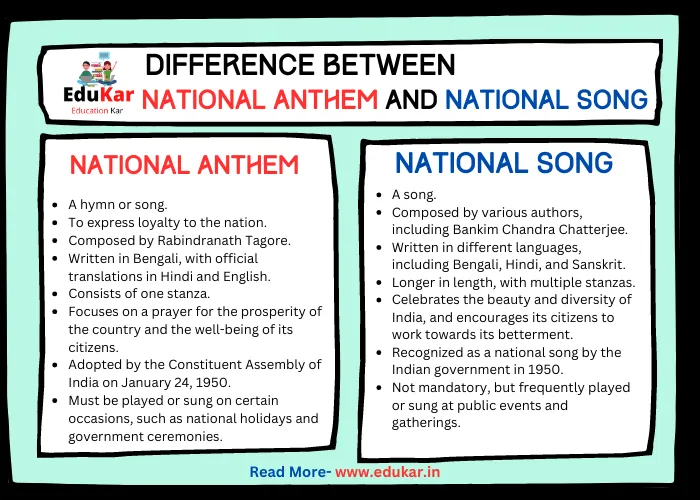Contents
- 1 Introduction
- 2 Candid cream
- 3 Candid-B cream
- 4 Differences between Candid and Candid-B cream
- 5 Conclusion
- 6 FAQs
- 6.1 What is Candid cream?
- 6.2 What is Candid-B cream?
- 6.3 What is the difference between Candid and Candid-B cream?
- 6.4 Can Candid and Candid-B cream be used interchangeably?
- 6.5 Are there any side effects of using Candid and Candid-B cream?
- 6.6 Can Candid and Candid-B cream be used during pregnancy or while breastfeeding?
Looking for a clear explanation of the differences between Candid and Candid-B cream? This article will help you understand the distinctions between these two popular topical treatments for fungal infections. Discover the unique ingredients and benefits of each cream and make an informed decision about which one is right for you.

Introduction
Candid and Candid-B creams are both used to treat skin infections caused by fungi. These creams may seem similar but there are important differences between the two that patients and healthcare providers should be aware of.
Candid cream
Candid cream is a topical antifungal medication that contains clotrimazole as its active ingredient. It is used to treat fungal infections of the skin, such as ringworm, jock itch, and athlete’s foot. The cream is applied directly to the affected area and should be used as directed by a healthcare provider.
Indications for use
Candid cream is indicated for the treatment of fungal infections of the skin, such as athlete’s foot, jock itch, and ringworm. It works by preventing the growth of fungi.
Ingredients
The active ingredient in Candid cream is clotrimazole, which is a type of antifungal medication. Inactive ingredients include benzyl alcohol, cetostearyl alcohol, and octyldodecanol.
Possible side effects
Side effects of Candid cream may include burning, stinging, redness, and itching at the application site. In rare cases, patients may experience an allergic reaction to the cream.
Precautions and warnings:
Candid cream should be used with caution in patients who are pregnant or breastfeeding. Patients with liver disease or those taking other medications should consult their healthcare provider before using Candid cream.
Candid-B cream
Candid-B cream is a topical medication that contains both an antifungal agent, clotrimazole, and a corticosteroid, betamethasone dipropionate. It is used to treat fungal infections of the skin, as well as inflammation and itching associated with these infections.
Indications for use
Candid-B cream is indicated for the treatment of fungal infections of the skin, such as athlete’s foot, jock itch, and ringworm. It also helps to relieve itching and inflammation associated with these infections.
Ingredients
The active ingredients in Candid-B cream are clotrimazole and betamethasone dipropionate. Inactive ingredients include benzyl alcohol, cetostearyl alcohol, and octyldodecanol.
Possible side effects
Side effects of Candid-B cream may include burning, stinging, redness, and itching at the application site. Long-term use of topical corticosteroids may also cause thinning of the skin and stretch marks.
Precautions and warnings
Candid-B cream should not be used on the face or in the genital area. It should be used with caution in patients who are pregnant or breastfeeding. Patients with liver disease or those taking other medications should consult their healthcare provider before using Candid-B cream.
Differences between Candid and Candid-B cream
| Candid Cream | Candid-B Cream | |
|---|---|---|
| Composition | Clotrimazole (1% w/w) | Clotrimazole (1% w/w) and Beclomethasone dipropionate (0.025% w/w) |
| Uses | Treatment of fungal infections of skin and nails, such as ringworm, athlete’s foot, and jock itch | Treatment of fungal infections of skin and nails, such as ringworm, athlete’s foot, and jock itch, as well as inflammation and itching associated with these conditions |
| Mode of Action | Antifungal agent that inhibits the growth of fungi | Combination of antifungal and anti-inflammatory agents; Clotrimazole inhibits the growth of fungi, while Beclomethasone reduces inflammation and itching |
| Dosage | Apply thinly and evenly to the affected areas once or twice daily, as directed by a healthcare professional | Apply a thin layer to the affected areas once or twice daily, as directed by a healthcare professional |
| Duration of treatment | As directed by a healthcare professional; typically 2-4 weeks | As directed by a healthcare professional; typically 2-4 weeks |
| Side Effects | Skin irritation, redness, itching, burning, stinging, or blistering may occur | Same as Candid Cream, plus possible side effects associated with the use of corticosteroids, such as thinning of the skin, stretch marks, and increased risk of infections |
| Precautions | Do not apply to broken or irritated skin; avoid contact with eyes, mouth, and nose | Do not apply to broken or irritated skin; avoid contact with eyes, mouth, and nose; use caution in patients with known hypersensitivity to any of the ingredients |
| Contraindications | Hypersensitivity to any of the ingredients | Hypersensitivity to any of the ingredients; viral or bacterial infections of the skin |
| Pregnancy and breastfeeding | Use only if clearly needed and under medical supervision | Use only if clearly needed and under medical supervision |
| Availability | Over-the-counter | Prescription-only |
Key differences between Candid and Candid-B cream in Points:
1. Composition: Candid cream contains Clotrimazole as its active ingredient, while Candid-B cream contains Clotrimazole and Beclometasone Dipropionate as active ingredients. Beclometasone Dipropionate is a corticosteroid that is used to reduce inflammation and itching.
2. Uses: Candid cream is primarily used to treat fungal infections of the skin, such as ringworm, athlete’s foot, and jock itch. On the other hand, Candid-B cream is used to treat a wider range of skin conditions, including fungal infections, eczema, dermatitis, and psoriasis.
3. Mechanism of action: Clotrimazole in Candid cream works by killing or stopping the growth of fungi that cause skin infections, while Beclometasone Dipropionate in Candid-B cream reduces inflammation and itching, thereby providing relief from symptoms.
4. Side effects: Both creams can cause side effects, such as burning, itching, redness, and irritation at the site of application. However, Candid-B cream is more likely to cause side effects due to the presence of a corticosteroid.
5. Precautions: Candid-B cream should not be used on broken or infected skin, as it can worsen the condition. It should also be used with caution in children, pregnant women, and people with a history of allergies to corticosteroids. Candid cream is generally considered safe for use in these populations.
6. Availability: Candid cream is available over-the-counter, while Candid-B cream is a prescription-only medication.
Conclusion
Candid and Candid-B cream may seem similar, but they have key differences that can impact their effectiveness and usage. While both creams are commonly used to treat fungal infections, Candid-B cream also contains an additional ingredient, Beclomethasone Dipropionate, which is a steroid that can help reduce inflammation and itching.
However, this also means that Candid-B should be used with caution and only under the supervision of a healthcare professional, especially for long-term use or on sensitive skin areas. On the other hand, Candid cream is a more straightforward antifungal treatment that can be used for a wider range of fungal infections without the added risk of steroid side effects.
Ultimately, the choice between Candid and Candid-B cream will depend on the individual’s specific fungal infection, skin type, and medical history, and it’s important to consult a healthcare professional before using either cream.
FAQs
What is Candid cream?
Candid cream is a topical medication used to treat fungal infections of the skin, such as ringworm, athlete’s foot, and jock itch. It contains the active ingredient Clotrimazole, which works by killing the fungus or preventing its growth.
What is Candid-B cream?
Candid-B cream is also a topical medication used to treat fungal infections of the skin. It contains two active ingredients, Clotrimazole and Beclomethasone Dipropionate. Clotrimazole works to kill the fungus, while Beclomethasone Dipropionate is a steroid that helps to reduce inflammation, itching, and redness.
What is the difference between Candid and Candid-B cream?
The main difference between Candid and Candid-B cream is that Candid-B contains two active ingredients, while Candid contains only one. Candid-B cream contains Clotrimazole and Beclomethasone Dipropionate, whereas Candid cream contains only Clotrimazole. The addition of Beclomethasone Dipropionate in Candid-B cream provides added relief from inflammation and itching, making it a better option for more severe cases of fungal infections.
Can Candid and Candid-B cream be used interchangeably?
No, Candid and Candid-B cream should not be used interchangeably without consulting a healthcare professional. The addition of Beclomethasone Dipropionate in Candid-B cream can cause side effects and should only be used under medical supervision.
Are there any side effects of using Candid and Candid-B cream?
Like all medications, Candid and Candid-B cream can cause side effects. The most common side effects of Candid cream include skin irritation, burning, itching, and redness at the site of application. The most common side effects of Candid-B cream include skin thinning, stretch marks, and increased risk of infections. It is important to use these medications as directed and consult a healthcare professional if you experience any side effects.
Can Candid and Candid-B cream be used during pregnancy or while breastfeeding?
It is important to consult a healthcare professional before using Candid and Candid-B cream during pregnancy or while breastfeeding. While there is no evidence to suggest that these medications are harmful to the fetus or infant, it is always best to err on the side of caution and seek medical advice.
















